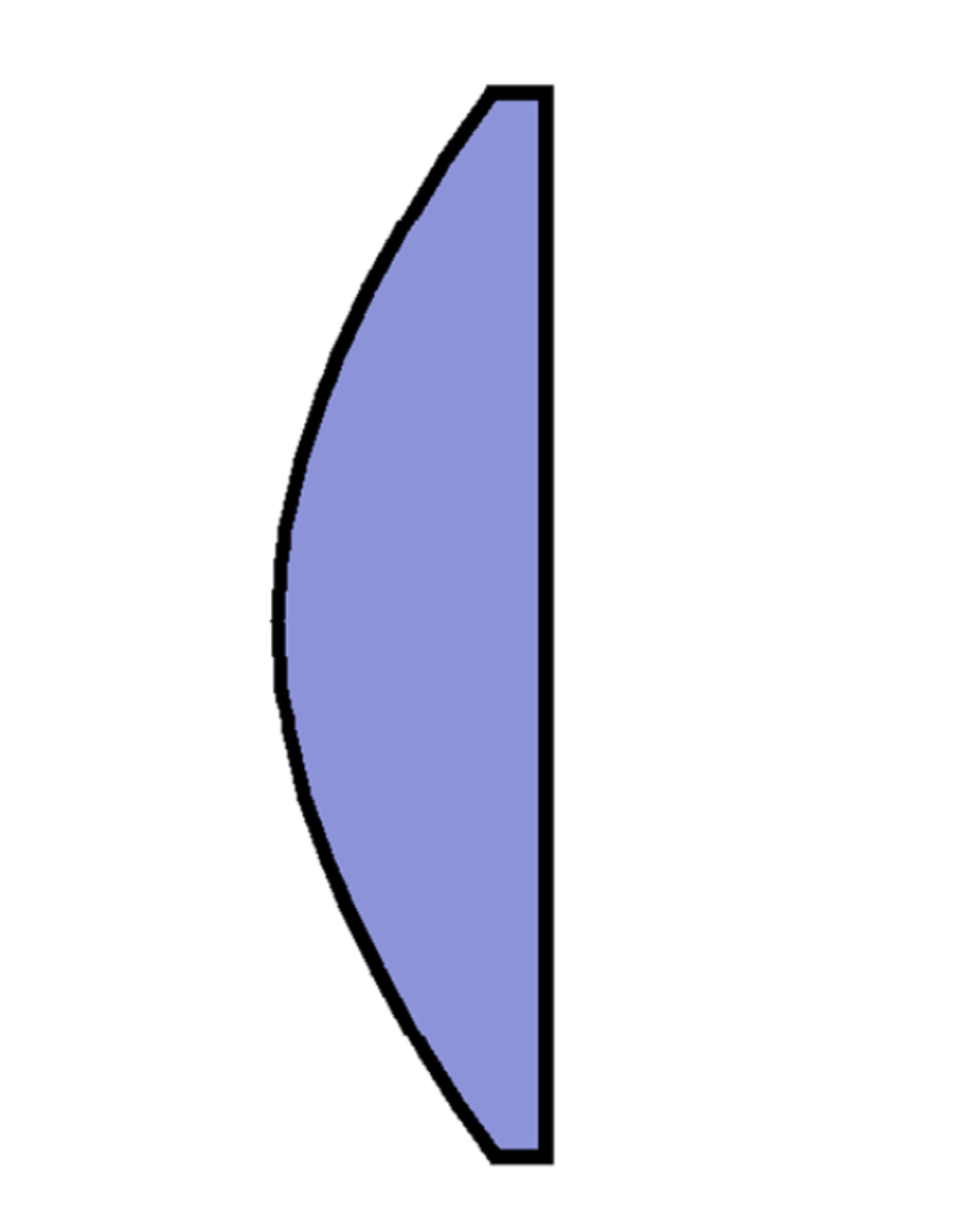CHAPTER 6 SKELETAL SYSTEM AND FRAMEWORK
1/85
There's no tags or description
Looks like no tags are added yet.
Name | Mastery | Learn | Test | Matching | Spaced |
|---|
No study sessions yet.
86 Terms
Made up of non living minerals known as calcium and phosphorus
Bones
Long bones
Vertical and can withstand vertical force
Flat bones
Sound in the skull, ribs and sternum
Irregular bones
Are in shape and are found in the hip bone and vertebrae
Dorsum
Back of the hand or foot
Plantar
Underneath the feet (soles)
Periosteum
Fibrous connective tissue that surrounds the bone, also contains blood vessels which transports blood in nutrients.
Nerve endings
Means you can feel pain
Lymph vessels
Helps drain or take out waste
Do bones have nerve endings?
Yes, they do because you can feel pain
Do ligaments and tendons attach to bones?
Yes
Do ligaments and tendons, attach theperiosteum?
Yes
Ligaments and tendons attach to the bone or the periosteum?
They attached to the periosteum because it’s the most superficial layer of the bone. (Surrounds the bone)
Yellow marrow
Has a high fat content and can convert to red marrow which makes red blood cells
What is located in the medullary cavity?
Yellow marrow, which is a part of the diaphysis
What is red bone marrow?
Is where we produce red blood cells
Can yellow blood marrow produce red blood cells if converted to red marrow?
Yes
Periosteal
Outer layer of the bone
Proximal Epiphysis
Makes up your shoulder join
Diaphysis
The shaft of the bone (middle of the arm)
Distal epiphysis
Makes Up your elbow
Humeral shaft
Connect the shoulder and elbow
Jimmy was playing on the trampoline. Jimmy flew off the trampoline, landed on the ground and broke his humerus at the diaphysis. Where is the break?
In the humeral shaft
What kind of bones is periosteum made up of?
Compact bones
Osteocytes
Makes bone
Osteogenesis
The process of making bones
Osteoblasts
Are responsible for building bones
Osteoclast
Responsible for destroying bones
Osteoporosis
Brittle bones
Ossification
The formation of bone in the body
Epiphytical Plate
Known as the growth plate
Projections
Landmarks for tendons and ligaments to attach to
Grooves
Act as a pathway for nerve and blood vessels
Soleil has osteoporosis, could overactivity of Osteoclast be a contributor to osteoporosis?
Yes, because Osteoclast destroys bones
Soleil has osteoporosis. Could overactivity of osteoblast be a contributor to osteoporosis?
No osteoblast build bone
If your body likes calcium or phosphates, what does that mean?
It means osteoclasts activity is going to be increased
Calcitrol Hormone
Calcitriol is the active form of vitamin D and plays a key role in maintaining calcium balance in the body.
What are the two functions of osteoblast in the endochondral ossification?
to form spongy bone
To form compact bones
to help break down spongy bone to help create the medullary cavity, What is needed?
Osteoclasts
Ossify ( Ossification)
The act of hard bones turned into hard bones
Bone growth =?
Endochondral Ossification
What is a fracture?
Is a crack or a slight break
Fracture healing?
Needs to be in alignment, and it needs to be reduced
Bone repair stage #1
Hematoma ( Deep Bruise)
Bone repair stage #2
Callus Formation (Fibrocartilage)
bone repair stage #3
Hard callous formation (going from cartilage to bone)
Bone repair stage #4
The bone is remodeled until the fracture is nearly undetectable (rehab stage)
Christian fractured his femur and is now on the field where he is only allowed to be playing for 30 minutes. What stage is this?
Stage 4
Christian broke his bone and was found to have a hematoma. What stage are we in?
Stage 1
Articular cartilage
Located at the end of bones and acts as a shock absorber. which prevents the ends of bones from grinding together as you move
Bursa
filled with liquid and is found in most areas with tendons, helps reduce friction
Axial skeleton
Total of 80 bones (cut off arms and legs)
Appendicular
126 bones (arms and legs)
Sutures
Are ossification of the fontanelles. (Soft spots have come together and fused)
Thorax
The bone of the chest form of thoracic cage that provide support and protection for the heart, lungs, and great blood vessels.
True ribs 1-7
They have their own individual attachments
False ribs 8-10
Do not have their own individual attachments. Shares attachments with other ribs
Floating 11-12
No attachments and are basically floating
Concave

Convex

Kyphosis
Concave - Curved by the neck
Lordosis
convex - Lower back curve
Pectoral girdle
Shoulder joints / Pecks
Clavicle
Scapula
Pelvic girdle
Hip joints
pelvic bones
Ilium
Ischium
Pubis
What do ligaments connect to?
Bone to bone
What do tendons connect to?
Muscle to bone
When two or more bones join together it forms a what?
A ligament or articulation
First-degree of freedom?
Ex : Elbow (flexión and extension)
Can only move in one degree
Second-degree of freedom?
Ex: knees (bend, extend, twist, rotation)
Can move in 2 degrees
Third-degree of freedom?
Ex: Hips (flexion, extension, external and internal rotation, abduction and addiction)
Can move in 3 different degrees
Flexion
Closing down an angle.
Can also work with extension
Extension
Widening an angle .
Also works with flexion
Plantar flexion
Toes pointing down
Doris flexion
Toes pointing up
Abduction
Moving away from midline (Think of it like being abducted)
Adduction
Adding it back to the midline
Inversion
Foot going in
Eversion
Foot going out
Supination
Palms up to the sky
Pronation
Palms down towards the ground
Protraction
Pushing your bottom teeth over your front like an overbite
Retraction
Putting your jaw back to normal
Spiral fracture
Twisting force fraction
Comminuted fracture
Crushed
Compound fracture
Bone is exposed